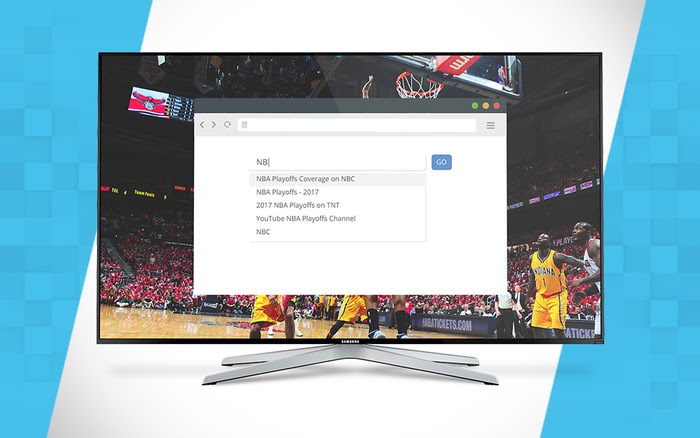Some Known Facts About Apollo Group Tv.
Some Known Facts About Apollo Group Tv.
Blog Article
Apollo Group Tv Can Be Fun For Everyone
Table of ContentsHow Apollo Group Tv can Save You Time, Stress, and Money.The smart Trick of Apollo Group Tv That Nobody is Talking AboutThe Buzz on Apollo Group TvFascination About Apollo Group Tv
In this situation, instead of having three-minute industrial places throughout a 30-minute television program, TV programs might transform to one where a customer will certainly be required to have a monthly membership, to make sure that they cen view targeted banner ads. This type of advertising and marketing currently occurs on the web, and the quantity of information tv companies collect permits them to do much the exact same.Describe the significant trends among the broadcasting and cord networks. Popular radio reveals such as cops drama Dragnet and western cowboy collection Gunsmoke were adapted for tv, and brand-new TV programs were funded by single marketers, simply as radio programs had been.
Today, the tv industry is much more intricate. Programs are funded by several advertisers; programming is regulated by major media conglomerates; and the 3 major networks no more control the airwaves but rather share their customers with many cable television networks. A number of elements account for these fads within the market, including technical advancements, government laws, and the production of brand-new networks.

The Best Guide To Apollo Group Tv
Established in 1969, (PBS) created out of a report by the Carnegie Payment on Educational Tv, which checked out the role of academic, noncommercial tv on culture. Public tv was also meant to offer universal access to television for audiences in rural locations or visitors that might not afford to pay for personal tv solutions.
The duration in between 1950 and 1970 is historically acknowledged as the. Besides a small section of airtime managed by public television, the 3 significant networks (recognized as the Big Three) dominated the television industry, jointly representing even more than 95 percent of prime-time watching. In 1986, Rupert Murdoch, the head of multinational firm News Corp, launched the Fox network, challenging the prominence of the Big 3.
Targeting young and minority audiences with programs such as Buffy the Vampire Slayer, Moesha, Dawson's Creek, and The Wayans Bros., the new networks wished to attract terminals far from their old network affiliations. Nevertheless, rather than duplicating the success of Fox, UPN and WB had a hard time to make an impact. Not able to attract many associate stations, both fledgling networks got to fewer homes than their bigger competitors due to the fact that they were unobtainable in some smaller sized cities.
This choice paved the method for the development of wire motion picture networks, contributing to the exponential growth of cable television in the 1980s her explanation and 1990s. apollo group tv. Further deregulation of cable in the 1984 Wire Communications Plan Act got rid of restrictions on wire prices, enabling operators to bill what they wanted for cable solutions as long as there worked competition to the service (a criterion that over 90 percent of all cord markets might meet)
The Only Guide for Apollo Group Tv

Having created the first "superstation," Turner expanded his realm by founding 24-hour information network CNN in 1980. At the end of the year, 28 nationwide programming solutions were readily available, and the wire transformation had begun. Over the following years, the sector undertook a duration of rapid development and popularity, and by 1994 audiences could pick from 94 basic and 20 costs cable services.
Figure 9 - http://peterjackson.mee.nu/do_you_ever_have_a_dream#c2224.16 Increased competitors from wire networks has actually created a constant decrease in the networks' audience ratings. During the 1950s, the price of creating a solitary tv show increased as shows ended up being much longer and manufacturing expenses rose. Sponsorship on network television shifted from single sponsorship, in which a program was totally supported and generated by one marketer, to several sponsorship, in which marketers bought 1- or 2-minute places on the show
Select one of the Big Four networks and print out its regular programming timetable. See the network's prime-time programs over the training course of a week, keeping in mind the target demographic for each program.
Getting The Apollo Group Tv To Work

Straight television, typically referred to as traditional program TV, includes cord and satellite tv. It's called "straight" because material adheres to an established programs routine, unlike on-demand web content which the individual viewer chooses to watch based on their very own choices and schedule. So, when you ask, "What is linear TV?", consider it as the traditional method of seeing television that has actually been around for decades.
Report this page